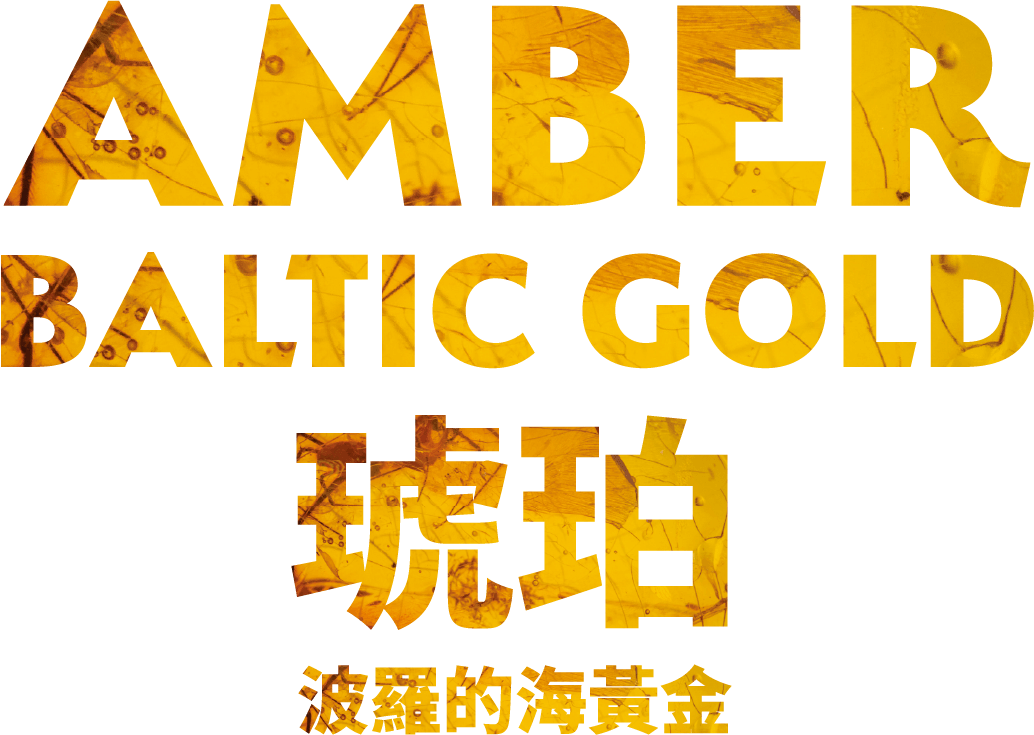AMBER: BALTIC GOLD
Amber is a beautiful and fascinating organic material which for centuries was believed to be a gemstone. Treated like a rare mineral, amber is simply a fossilized form of resin secreted by different plants. The most famous type comes from the Baltic regions, formed from the sap of extinct conifers 100 million years ago. As it dripped down the tree, the sap often trapped insects and vertebrates, which were then preserved in the amber, offering rare clues today about the evolution of species millions of years ago.
The exhibition traces amber’s diffusion across Europe from the Baltic regions to ancient Rome, and then down the famous Silk Road to China. The earliest amber objects from the Baltic area date to the Neolithic period; thousands of years later, circa 1,000 BCE, treated amber appeared in China; by the 8th century in Italy, it was commonly included in Etruscan tombs. In China, amber continued to be prized over the succeeding centuries, fashioned into precious jewellery and personal accessories. In later medieval and early modern Europe, amber was considered a mysterious and rare material with unknown origins, used to make both private devotional objects and magnificent royal gifts. By the end of the 18th century, however, tastes had changed in both Asia and Europe, and amber’s popularity declined. However, in the Baltic countries amber remained a national treasure, still important for the decorative arts. Today amber is undergoing an aesthetic revival and is once again to attracting the attention of contemporary artists.
